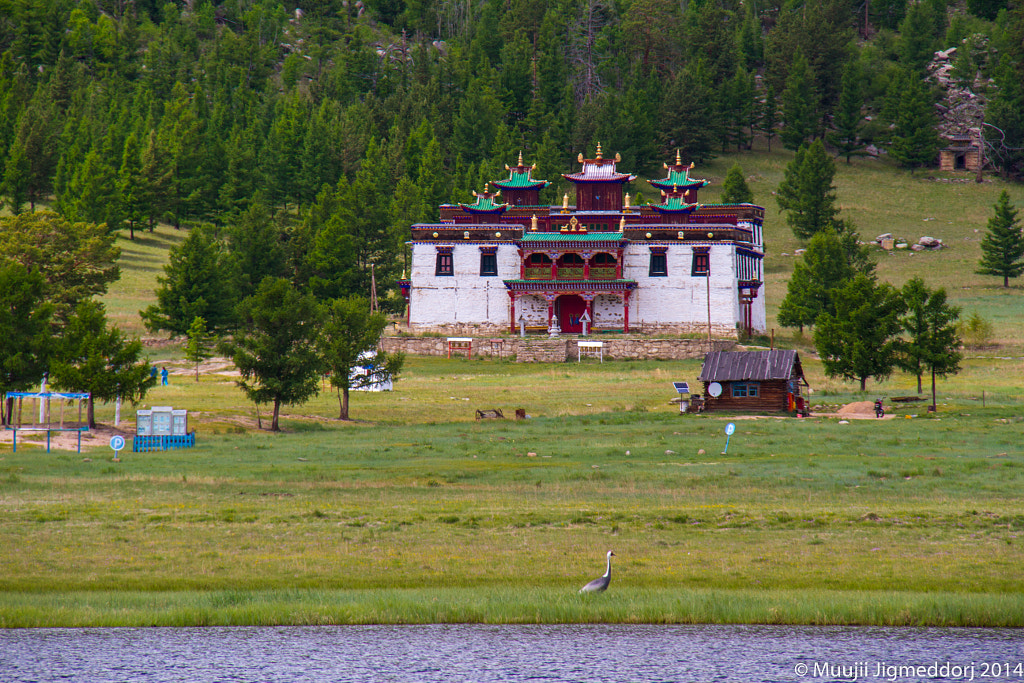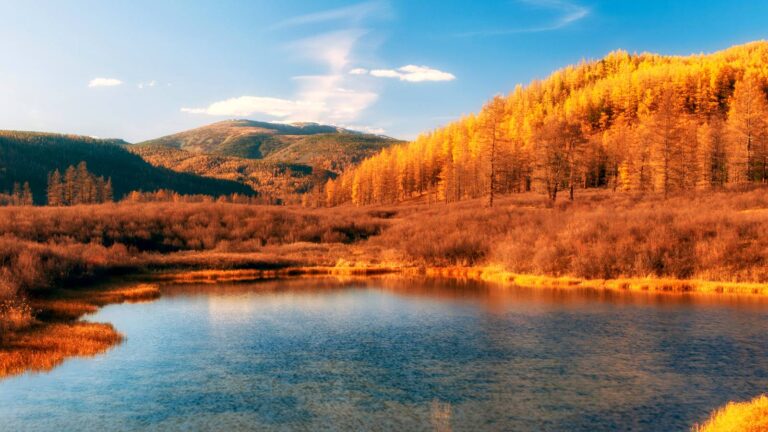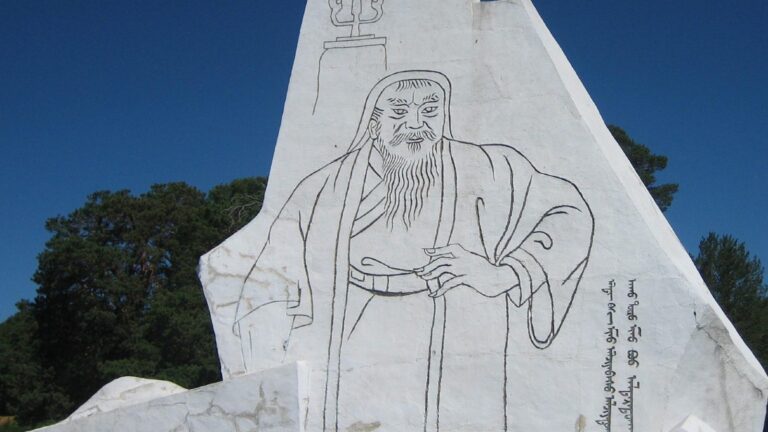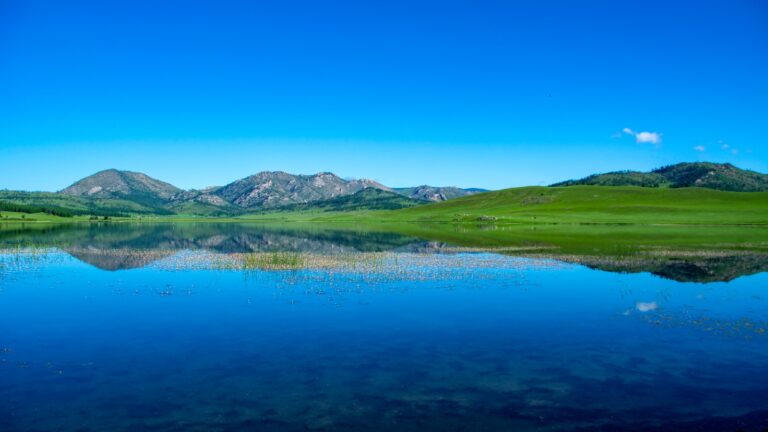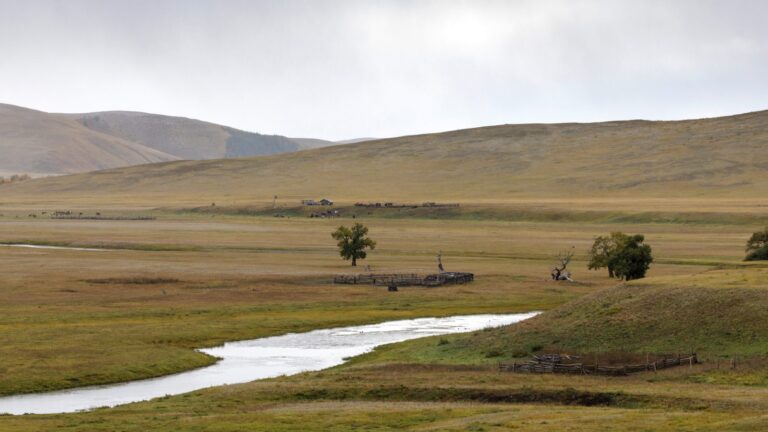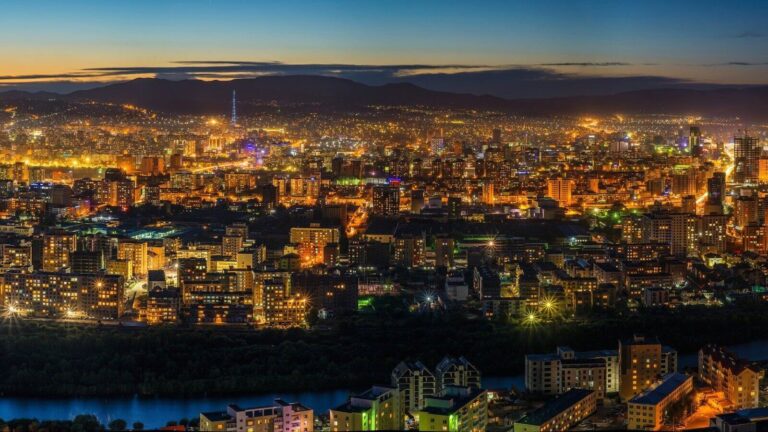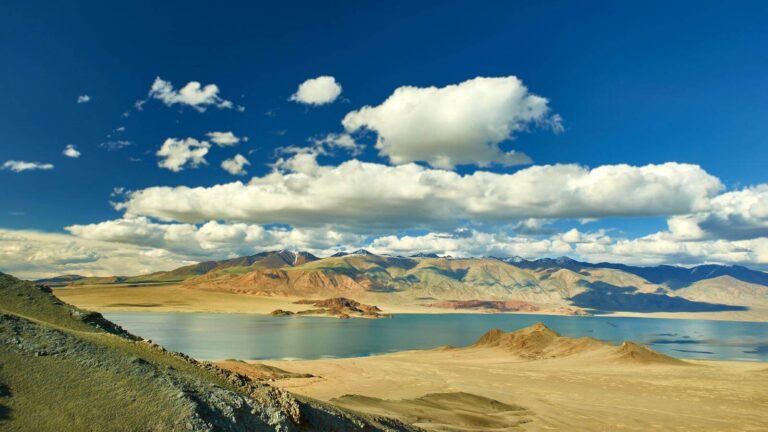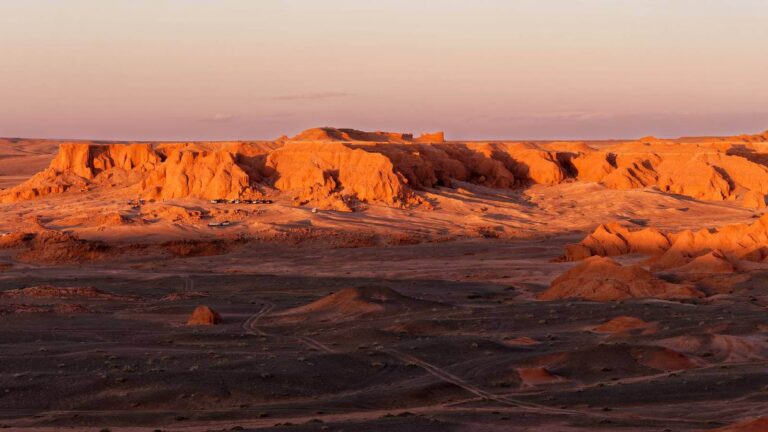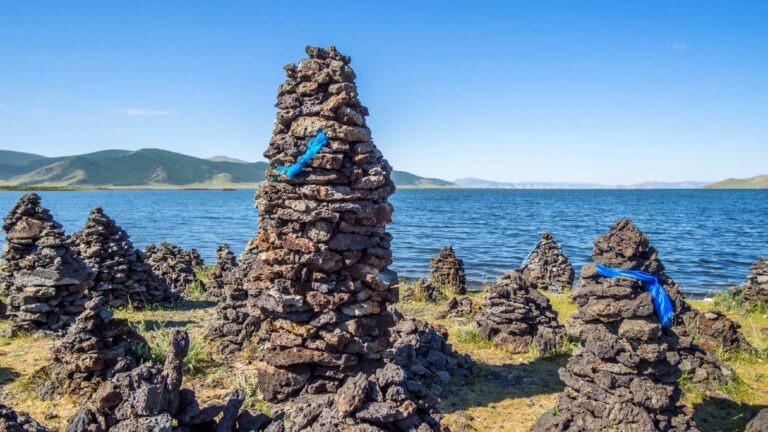Bus, minivans and private car are the only ways to get to Eastern Mongolia. The regional capital of Chinggis is linked to Ulaanbaatar by paved roads (five hours, 331km).
Before the communist purge in the 1937 Baldan Bereeven Khiid was one of the largest monasteries in Mongolia and home to 5000 lamas. Fortunately the main temples and prayer hall has been magnificently restored and seen to lamas and pilgrims return and there’s walking loop that takes in sacred stops and a hilltop views.
In Khentii you’ll find its superb Ethnography Museum. Set within the 18th-century home of the former ruler Tsetseg Khan, here highlights include as costumes of different ethnic groups and Khalkh silver jewellery
The remote mountain of sacred Burkhan Khalduun (2350m) is believed to be both the birth and burial place of Chinggis Khaan. It’s an important spot for locals to climb, but foreigners are forbidden to go beyond the foot of the mountain.
Where he was born is a matter of conjecture, however. Located 3.5km north of Dadal village at Deluun Boldog is another alleged birthplace of Chinggis Khaan where one of its the hills has a stone marker commemorating the 750th anniversary of the writing of The Secret History of the Mongols, inscribed with a message: Chinggis Khaan was born here in 1162. While most historians contest this fact, regardless, it remains a sacred and evocative sight. Nearby you’ll find a state of Chinggis Khaan Statue built in 1962 to commemorate the 800th anniversary of his birth.
As the purported birthplace of Chinggis Khan, Khentii is of immense historical importance to a nation that still reveres the man as its greatest leader. Here In the region researchers have identified more than 50 historical sites relating to his life, and aimag museums have Chinggis Khaan–era armour on display.
Beyond everything Chinggis, the region’s historical heritage is on show through archaeological sites, ancient monuments and cultural traditions that allows visitors to delve into the fascinating past of this remarkable region, from Turkic-era balbal to 17th century Buddhist monasteries.
In November, the annual Winter Horse Festival is held over two days in the small village of Batnorov to showcase Khentii’s horse culture and traditions.
The region has a diverse geography that comprises vast grasslands, rolling hills and rugged mountains. The Khentii Mountains are part of the Greater Khingan Range, which forms a natural border with China. The area is also traversed by several rivers, including the Onon and Kherlen rivers.
The climate is fairly typical of most of Mongolia, with warm, humid summers, cold to freezing, dry winters, and milder temperatures in spring and autumn.
Khentii’s economy is based primarily on agriculture and livestock farming. Natural resources such as gold and coal, along with tourism, are also good earners for the region.

